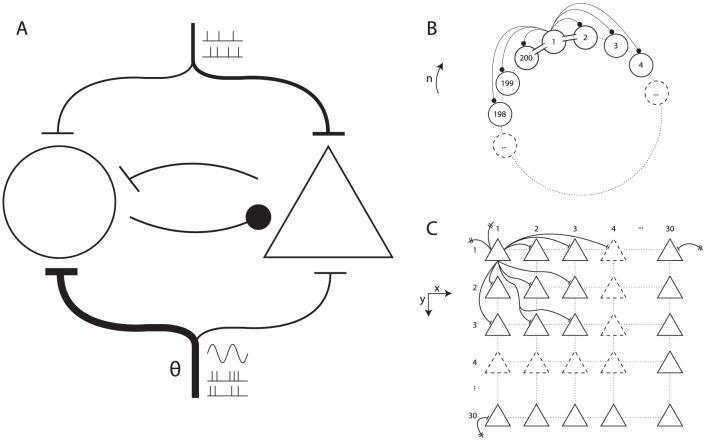Figure 1. A patch of neocortex modelled by a network of interneurons coupled with a network of pyramidal cells.
(A) The macroarchitecture of the model. Shown are the fast-spiking inhibitory interneuron network (circle, left), the pyramidal cell network (triangle, right), the cortical long-range afferent spike trains (top), and the theta-modulated subcortical afferent spike trains (bottom). (B) The ring-like structure of the interneuron model. Shown are some of the inhibitory synaptic connections (solid circles) and gap junctions (‘conduits’ between adjacent cells) for cell 1. (C) The two-dimensional structure of the pyramidal cell network. Shown are some of the excitatory synaptic projections from cell  to its neighbours. Note the projections to
to its neighbours. Note the projections to  and
and  are possible because the effective distance from
are possible because the effective distance from  to those cells equals
to those cells equals  (see Methods for details).
(see Methods for details).

